IN THE SAME ORDER of appearance. Turnera subulata. The first time I got a glimpse of this
low spread growing bush, took place in a "Botanical Garden" in Rio Piedras, Puerto Rico. It
was laying flat on the ground. Some pedestrian had stepped on it. Took it home thinking I would be able to propagate it, a mistake as time proved. More recently, a couple of months perhaps while on a visit to some relatives with clear tendencies towards gluttony, I noticed this Turnera, (no longer in nurseries), asked for a few cut stems and there you have it. I left the stems in water until a significant amount of roots developed. Now you see it...
The botanical is in quotes because they say they have about two hundred species of whatever but they are not identified. There is excessive turf/grass with the known consequences for the
environment. The entrance itself does not resemble one for a botanical but for a hotel in el Condado. This creates certain doubts as to the credentials not only of the scientists studying
there but of the poor souls with a machete and a trimmer keeping the maintenance up. If you check the green houses...unlike the New York Botanical, you find weeds growing in the pots, but not as in an experiment...Just nothingness going on.
PINK Frangipani was given as a birthday present. I would not have bought it since it shows signs of either mutilation or having had some seasons as a bonsai. The architecture
was destroyed, however the fragrance and beauty of the flowers compensate all my criticism.
In the pot keeping it company, there is also an orchid and a Burleria repens, making this arrangement one of the most original in the collection.
YELLOW frangipani, was taken in the yard of a hamburger joint no longer in business in El
Condado area of San Juan eight years ago. It was cut and planted without rooting hormones.
I have rarely used them in the past but believe with some difficult things such as Bouganvillea and Allamanda is wise to use them. The smell of all Frangipanis is subtle and different, after a while you could tell white from yellow from pink.
DK purple flower. It was a present from my sister. Apparently is grows wild in some regions
of Puerto Rico. I have seen it only twice outside my garden. In my sister's and some country
forest area towards Cayey. This one is from seeds, but could be propagated just like the Subulata. I do not think the shape and form of this bush is that hot, honestly, but the flowers create some leverage between one thing and the other.
COSMOS. I found the botanical name in seed catalog. Here is known as Panchita. I have never been seen in nurseries. In the last seven years it has been sighted perhaps six times. Once
in the front garden in some house and the rest in wild areas, at the edges of roads. I have
planted a yellow variety and some dwarf varities from a catalog from a USA company. Excellent to create the meadow/prairy atmosphere if you are into that bag. However, you should know that as with anything self seeding it could cover a lot of court and take your
garden. A favorite of bees.
TURNERA ulmifolia,( along with the diffusa) not shown here is the number one course of
the traveling bees arriving in the early morning. The difference between these twins of
favorite bushes is in the elongated leave of the second. The flowers do not show much
difference. They propagate from seeds or stem cuts in water. Self seeding and could as Cosmos take over the place. Spindalis, a handsome bird love and eat their seeds.
DK red flowers are the biggest attraction for Spindalis and Hummingbirds. This short spreading bush was a gift, bought in a nursery. Have only seen it in some
documentary from Costa Rica. The names of this two dks eventually will be known.
Hope you enjoyed as I have.. one thing left out. Frangipanis in Puerto Rico are pretty much into anarchy, they flower when they please, drop their leaves in the same fashion. Yoy may
walk five hundred meters and find one (mostly white) with leaves and flowers, move further
down and find one with just leaves and so on...One thing is certain soon or later all will be visited by beatiful black with green stripes across by segments caterpillars. They will munch non stop until there is nothing left. Be careful if still hungry they will eat the tips of the branches destroying them permanently. Remove them, placing them on the ground somewhere. They will rest until (you know the drill) waking up later as a butterfly. One last thing is rust, an ugly, not pleasant disease on the leaves, but not damaging except for the aesthetics....
Until next.
viernes, 27 de marzo de 2009
Suscribirse a:
Enviar comentarios (Atom)


















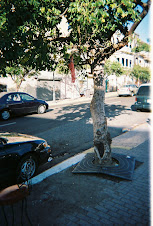-25.jpg)
-24.jpg)
























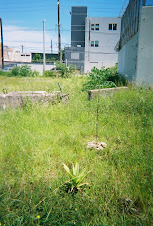




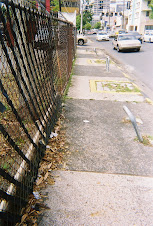
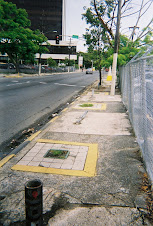
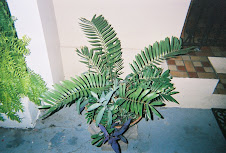




-22.jpg)
-25.jpg)
-24.jpg)






-16.jpg)
-13.jpg)
-08.jpg)
































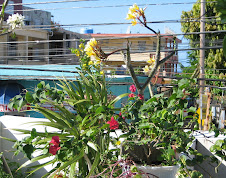
















No hay comentarios:
Publicar un comentario